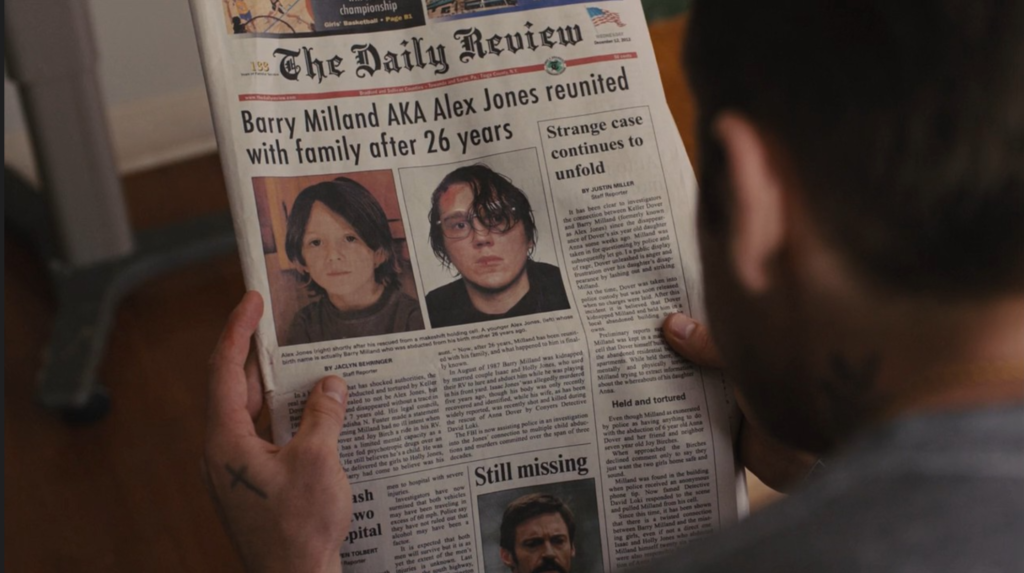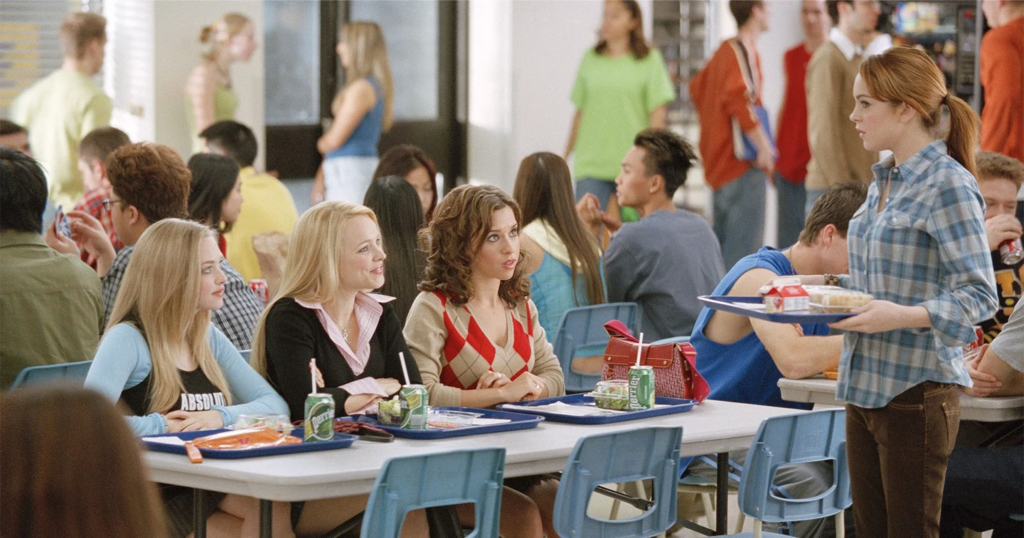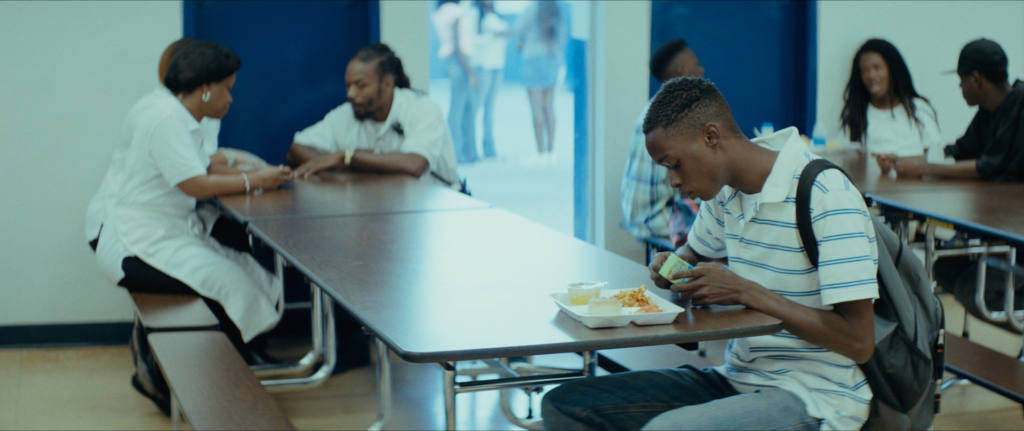The simulation now includes enough interactions for you to experience Eve’s life from birth until around 40 years old, leading up to the first major puzzle.
As mentioned in my previous post, I’ve been focusing on the Editor side of things while still working through the design complexity of representing an entire lifetime as a game mechanic.
Now that I have enough content to interact with, I can shift my focus to the player’s point of view. This shift has been long overdue, as it’s critical to validate the project’s feasibility.
A key question I need to answer soon is: “How does it feel for the player to progress through a cycle?”
Each cycle represents five years and is divided into two phases:
- The starting phase, where the player moves between different location types (Residence, Workplace, Education, and Hobby) and meets various people.
- The ending phase, where the player can choose who they want to befriend from the people they met earlier.
My focus now is on how to present this information clearly to the player. How will you choose from the available options for your career or relationships (e.g., Friend or Partner)? What should a scene look like when making these choices to ensure the information is presented clearly while maintaining a cinematic experience?
For example, when selecting a job, a classic insert shot could show the character looking at an open newspaper in the “Wanted” section. The player could then choose the job they want to apply for by selecting an ad from the newspaper.


This approach works well for jobs, but presenting a list of possible friends would feel awkward and overly game-like.
To keep relationship choices natural, they will be based on the location where you met the person. For example, if you meet someone at school, you’ll have the chance to connect with them there, while a workplace relationship would unfold in the office setting. The presentation would be tailored to the environment, such as a high school cafeteria or an office water cooler.
The presentation will also depend on the number of people available to choose from. If there’s only one person to meet at school, they might simply ask you to hang out with them. If there are multiple options, the scene could depict an environment within that location, such as a cafeteria in a school, designed to allow multiple selections. You would choose where to sit, and that decision would determine who you build a relationship with.


At the moment, to iterate as quickly as possible, I’ve decided to present the scenes in text format—something between a script and a storyboard.
If this approach works well, I’ll move on to creating sketches for each scene and eventually develop 3D environments with animation and sound. My reasoning is that if the game is engaging enough in text format, it justifies the effort of exploring production work. This method allows me to test many variations at a very low cost.
Here’s an example of a generic phrase used when entering a location for the first time and meeting a new agent:
Eve is walking the hallway at {sceneLocation.Name} when someone she saw before, approaches her. Their name is {friendAgent.UniqueName} and they asks if she wants to be their FRIEND.
The goal is to provide a clear description of every event so players fully understand the consequences of their choices. If this approach is working well enough, I’ll shift my focus to the next major mechanic: the ability to listen to other agents’ memories and influence their future decisions.
At this stage of development, my mindset fluctuates between feeling this is an interesting and worthwhile concept and doubting everything. Since the core design relies on simulation, prototyping involves creating a bit of everything.
Because it’s a simulation, I decided to revisit Will Wright’s Masterclass. I found his advice particularly insightful when he emphasized the importance of designing mechanics around a idea you want to explore, rather than the other way around.
Too often, I see developers gluing mechanics they are fond of without considering whether they align with the concept being explored—or if there’s even a concept at all.